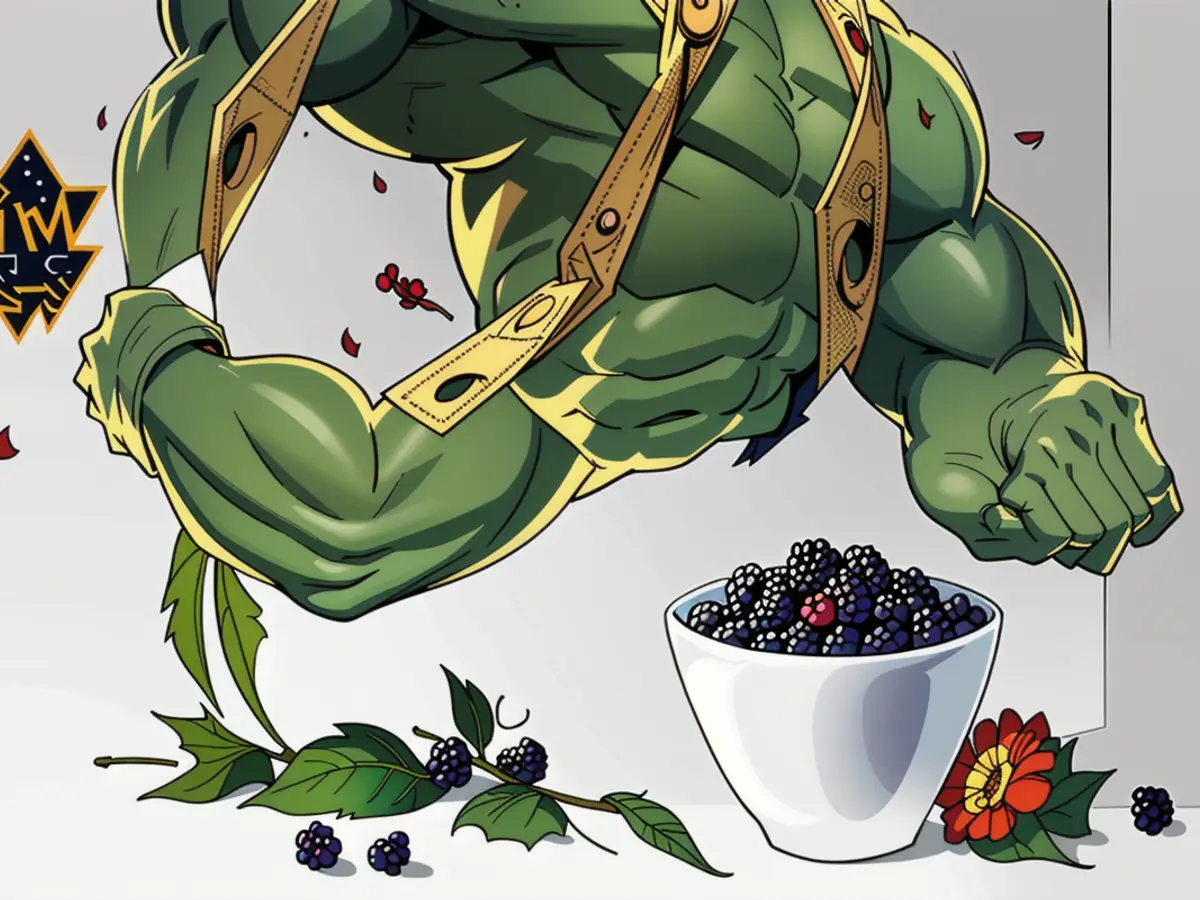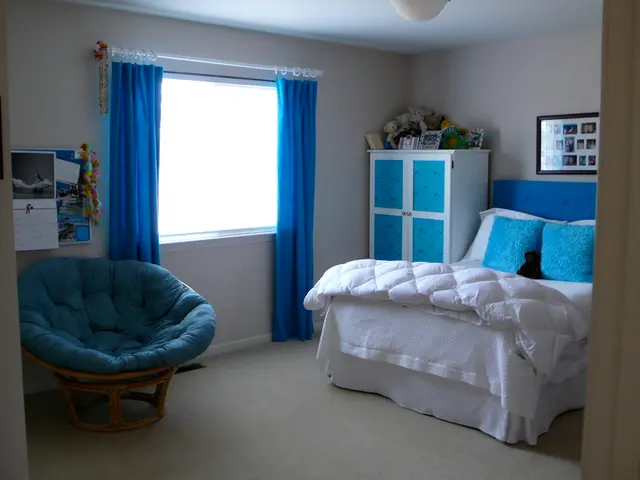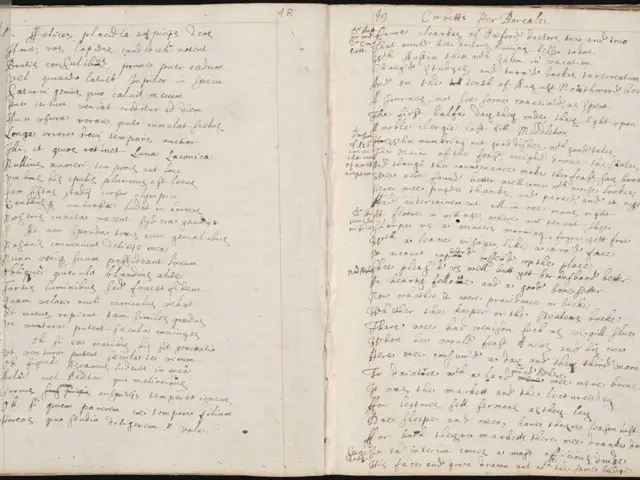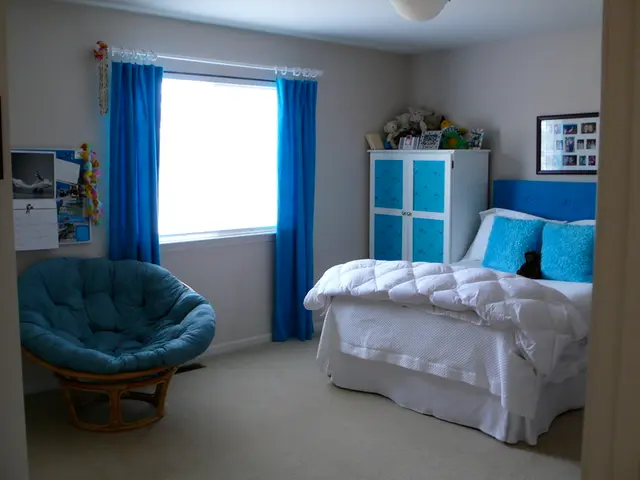Growing Blackberries Indoors: A Guide for Year-Round Fresh Berries
Indoor Blackberry Growing: A Practical Guide
Embrace the joy of fresh fruit year-round with these expert tips for cultivating some of the best indoor blackberry varieties!
Picks for Indoor GrowthMarvin Pritts, Cornell University horticulture professor, recommends these varieties suitable for indoor growing: Freedom, Traveler, and Horizon,all developed by the University of Arkansas. Unlike many others, they produce fruit on the first-year canes and don't need chilling temperatures or short-day exposure for flowering [1].
When to Plant IndoorsLight is the key limiting factor for indoor growing. Aim to plant in spring for optimal light availability. After fruiting, usually late summer or early fall, trim the canes down to the top of the pot. They will regrow year-round, but during winter’s low light levels, move the pots outside or a garage, and bring them back inside in spring when light improves for better growth [1].
Must-HavesTo keep blackberries fruitful year-round indoors, perfect growing conditions are essential:
- Lighting: Blast your potted fruit with full sun. Place close to a window for maximum light exposure to meet the daily six to eight-hour sunlight requirement [1].
- Temperature: Maintain a comfortable 70°F – 80°F (21°C – 27°C) at all times. Keep plants away from heating vents and drafts [1].
- Water: As the plant thrives, water needs increase. Regularly check the soil and ensure to water once or twice a day if the container is small. Remember, larger containers make for easier maintenance and require less watering.
- Soil: Always opt for a soilless potting mix when growing in containers. A mixture of 2:1 horticultural grade peat moss or coconut coir to perlite works well [2].
- Nutrients: Mix a slow-release fertilizer into the potting mix to support healthy growth. Consider blends like crustacean meal paired with langbeinite or neem cake paired with rock phosphate [2].
Container SizesThe container choice depends on your starting size. A 1-gallon pot for a small plug is sufficient. However, you'll likely need to replant the following year in a 3-gallon pot. If you start with a dormant crown or long cane, plant directly into a larger 3-gallon pot [2].
PollinationGrowing indoors means a lack of bees for pollination. By using a paintbrush to mimic bee behavior, you can transfer pollen among flowers to initiate fruit development [1].
Harvesting Ripe BerriesUnlike raspberries, blackberries don't separate easily from the core when ripe. Instead, look for fully black fruits that start to dull slightly in gloss, and which separate effortlessly from the stem when ready to pick [1].
** berries** won't continue to ripen after picking, so harvest regularly once ripened. Note that blackberries possess a short shelf life, so ensure to refrigerate them post-harvest [1].
Pest ManagementAlthough growing indoors reduces common pests and diseases, risks still exist. Common issues include aphids, spider mites, and fungal diseases such as powdery mildew [3].
Support Structures and LightingErect varieties do not necessitate a trellis, but trailing and semi-erect varieties require support. Also, if light remains scarce, consider using grow lights to supplement [2].
By adhering to these recommendations, you'll have a thriving indoor blackberry crop year-round!
Sources:
[1] Handley, D. T. (2020, April 22). Growing Blackberries Indoors. University of Maine Cooperative Extension.
[2] Pritts, M. (n.d.). Florida Friendly Blackberry Production for Containers. University of Florida Extension.
Enrichment Data:To ensure your indoor blackberry farm thrives, bear in mind other essential factors:
- Sunlight: Provide optimal light for blackberries via sunny window placement or grow lights designed for plant growth. Aim for at least six to eight hours of sunlight per day.
- Temperature: Keep temperatures between 70°F and 80°F (21°C to 27°C). Placing plants near heating vents or cold drafts should be avoided.
- Water: Maintain consistent moisture by checking the soil regularly and watering thoroughly when needed.
- Soil: Potting mix designed for container gardens yield the best results. A slightly acidic to neutral pH (around 6.0 to 6.8) is ideal.
- Fertilizer: Feed your blackberries with a balanced 10-10-10 NPK fertilizer during the growing season. Organic fertilizers like worm castings or compost can also aid growth.
- Container Size: Choose a large container to accommodate the plant's growth. A minimum of 12 to 14 inches deep and wide is recommended, with good drainage to prevent root rot.
- Container Setup:
- Add a 1-inch layer of gravel at the bottom of the pot for weight and improved drainage.
- Fill the pot halfway with potting mix, then place the blackberry plant, and fill the rest of the pot with the mix, leaving about a half-inch space at the top for watering without overflow.
- Pollination: Manually move pollen among flowers using a small, clean brush as natural pollinators are absent indoors.
- Pruning and Training: Regular pruning and training canes, as well as opting for a trellis or support for trailing varieties, will help maintain a manageable size and facilitate optimum fruit production.
- Humidity: Maintaining relatively high humidity, around 40% to 50%, supports healthy growth.
- Year-Round Management:
- These varieties do not require chilling temperatures for fruiting, allowing year-round indoor cultivation.
- Dormant plants during winter may require cutting the canes and pot storage in a cooler location. Bring them back inside in spring when light levels increase. [3]
- Martha Stewart might find container garden ideas that integrate houseplants and blackberries, since they both thrive in similar growth conditions.
- When cultivating blackberries indoors, their requirements for proper humidity must be regularly monitored and maintained around 40% to 50%.
- Integrative approaches could see Martha Stewart introducing blackberries in her garden, as they can be part of an overall successful container garden and houseplants setup.
- Change in container size can be a critical aspect for the growth and development of blackberries; for instance, a 1-gallon pot is appropriate for small plants initially, but they might need to be replanted in a 3-gallon pot the following year.




